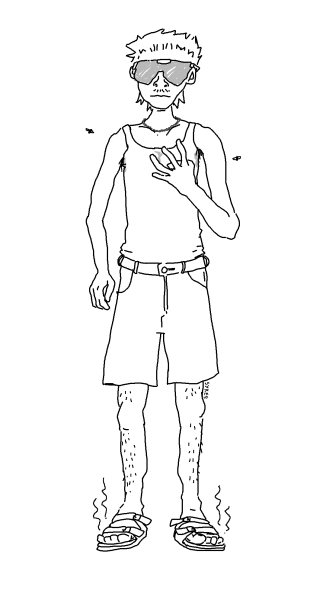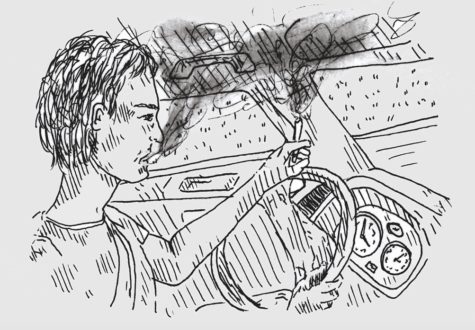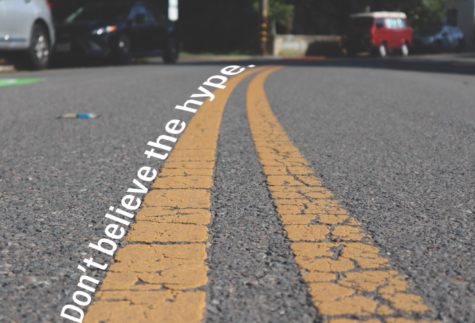Daylight Savings: a blessing or a curse?
Clocks depict DST, a system that now causes more problems than the solutions it aimed to make.
For over a century, the U.S. has inconsistently used Daylight Savings Time (DST) to save fuel and electricity. It has now become so normalized that we rarely think twice about how DST affects us before changing our clocks. However, this practice has become outdated and is now causing more consequences than the benefits it aims to create.
DST, or daylight savings as it’s commonly known, occurs from the second Sunday of March to the first Sunday in November.
Created in 1895 by scientist George Vernon Hudson and builder William Willett, DST was formed as a way to utilize natural daylight and reduce electricity usage. DST was first introduced to the U.S. in 1918 during World War I, but was put in and out of effect multiple times before leaving the option to individual states whether or not to continue DST, which the state of California ultimately did in 1949.
DST originally began to save electricity and fuel, but as more efficient home heating and cooling systems developed, it had the opposite effect. According to a study done by the National Bureau of Economic Research, DST actually increases energy usage by one percent. This is exacerbated in DST in the fall, where energy usage increases to as high as two to four percent.
Additionally, a study by Michigan State University found DST also decreases productivity. This is because, on average, Americans lose around 40 minutes of sleep when the clocks change in March causing people to become less productive. While this may not seem like a lot, it produces delays in the workplace, causing an estimated loss of 434 million dollars nationally.
This lack of sleep not only decreases work productivity, but also leads to health problems. According to The American Association of Retired Persons (AARP), sleep loss from DST can cause a variety of issues.
“Time changes mess with sleep schedules, a potential problem when so many people are already sleep-deprived…Research suggests that chronic sleep deprivation can increase levels of stress hormones that boost heart rate and blood pressure, and of chemicals that trigger inflammation.”
AARP also states that more than half of teens do not get the recommended eight hours of sleep each night. In the week following the spring DST switch, teens sleep about two and a half hours less, and many never catch up on sleep in the following six months. According to Health, this has been found to increase mental health problems including Seasonal Affective Disorder (SAD), a type of depression caused by lack of daylight in the fall and winter.
“There seems to be more depression, anxiety, and even suicidal thoughts around the time the clock changes both in March and in the fall.” — David Merrill MD, a psychiatrist, and director of the Pacific Brain Health Center at the Pacific Neuroscience Institute.
Lack of sleep, specifically early morning wake-ups caused by the spring change, leaves the body open to heart attacks and strokes due to lack of Rapid Eye Movement (REM) sleep. REM is when you are in the deepest sleep and when your body repairs its organs. The majority of this happens in hours 6 through 8 before you wake up, a time often interrupted by DST. The American College of Cardiology states that the Monday after March DST, there is a 25% increase in heart attacks in the U.S. In addition, the American Academy of Neurology says the overall rate of ischemic stroke (a stroke caused by a blockage in an artery that flows blood to the brain) was 8% higher the two days following. This percentage increases to 20% when looking at the 65 or older age group.
While some people believe that DST was created for farmers to have more daylight, and therefore still has its benefits, that is not true. In fact, the opposite is the case. When DST was formed, most farmers were strongly against the idea. This is because cows are milked at the same time every day. If this routine is suddenly altered, cows often produce less milk.
While DST might have made sense at one point in time, with new technological achievements and residential electricity demand, there are many reasons why it is no longer useful. From health issues to economic problems, it’s important to think about the impacts that DST has on individuals and society as a whole. Therefore, it is time for us to strongly reconsider whether or not we employ DST.
Your donation will support the student journalists of Archie Williams High School. Your contribution will allow us to purchase equipment and cover our annual website hosting costs. Each donation will receive a magazine subscription for a year (6 copies a year), and become a part of the important work our publication is doing.
$35 -- Subscription to the magazine
$50 -- Silver Sponsorship
$75 -- Gold Sponsorship
$100 -- Platinum Sponsorship

Izzy is a sophomore, in her second year of journalism. She enjoys reading fantasy books, her family and eating anything with sugar. You can find her at...

Neve is a sophomore, in her second year of journalism. She loves water and nature, reading, and hanging out with friends. You can find Neve in her room...













